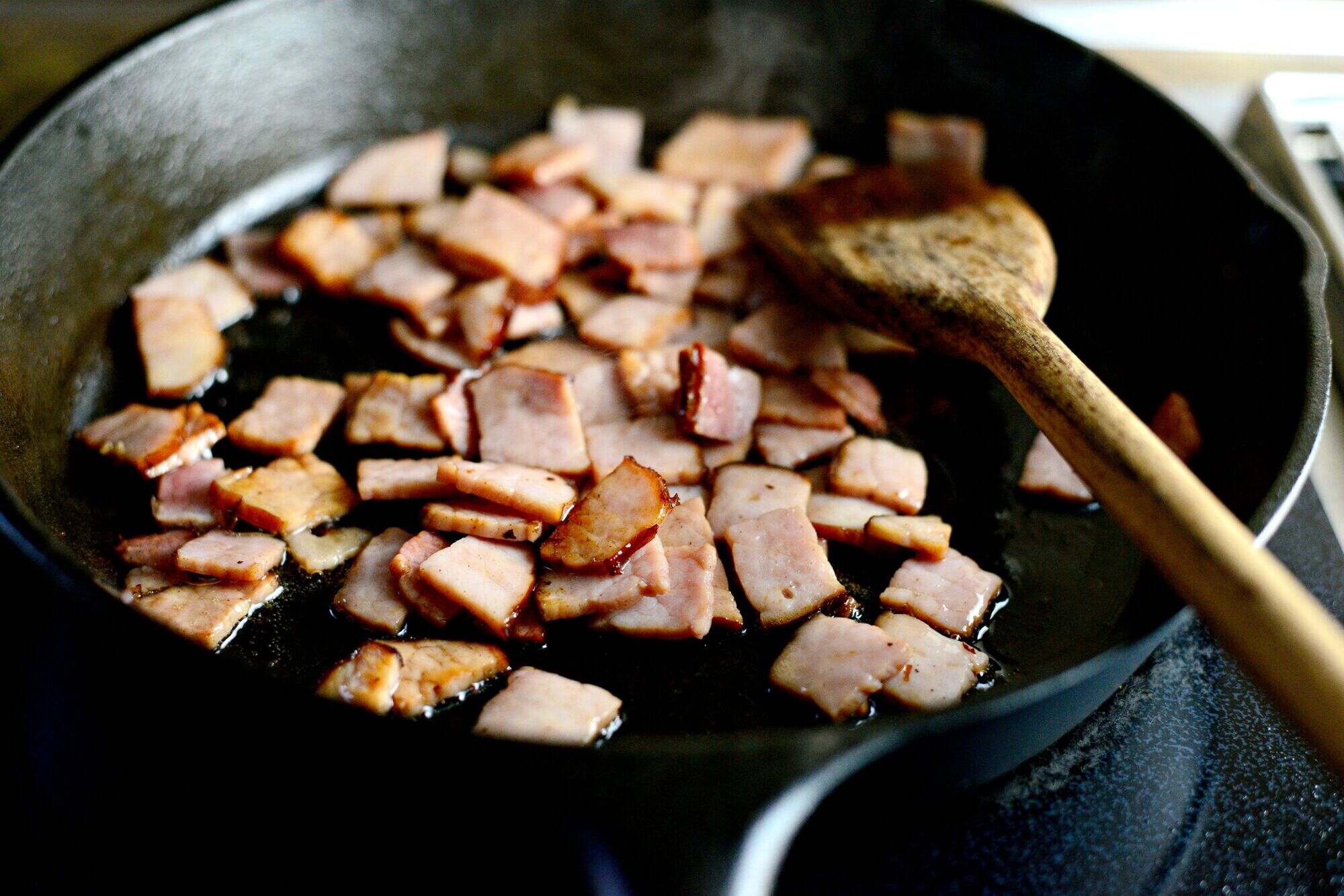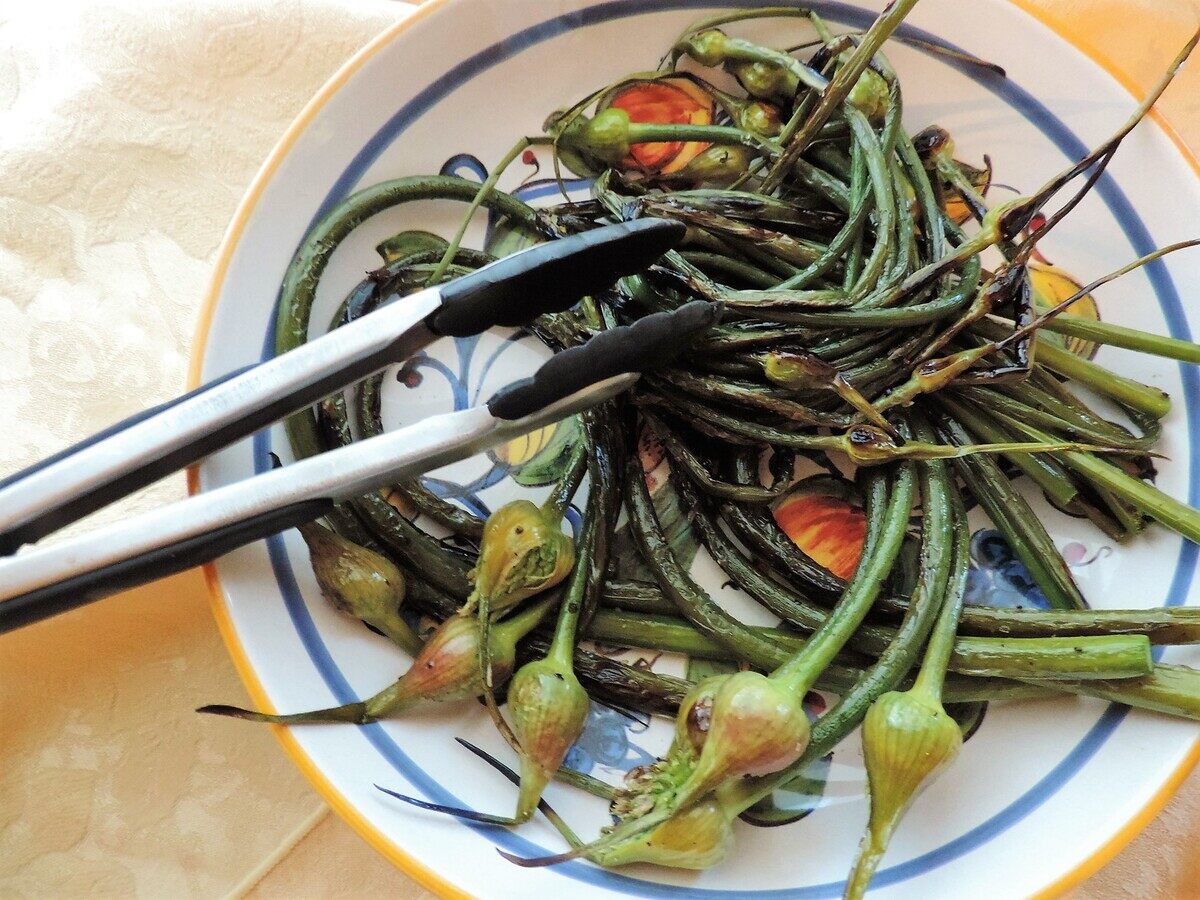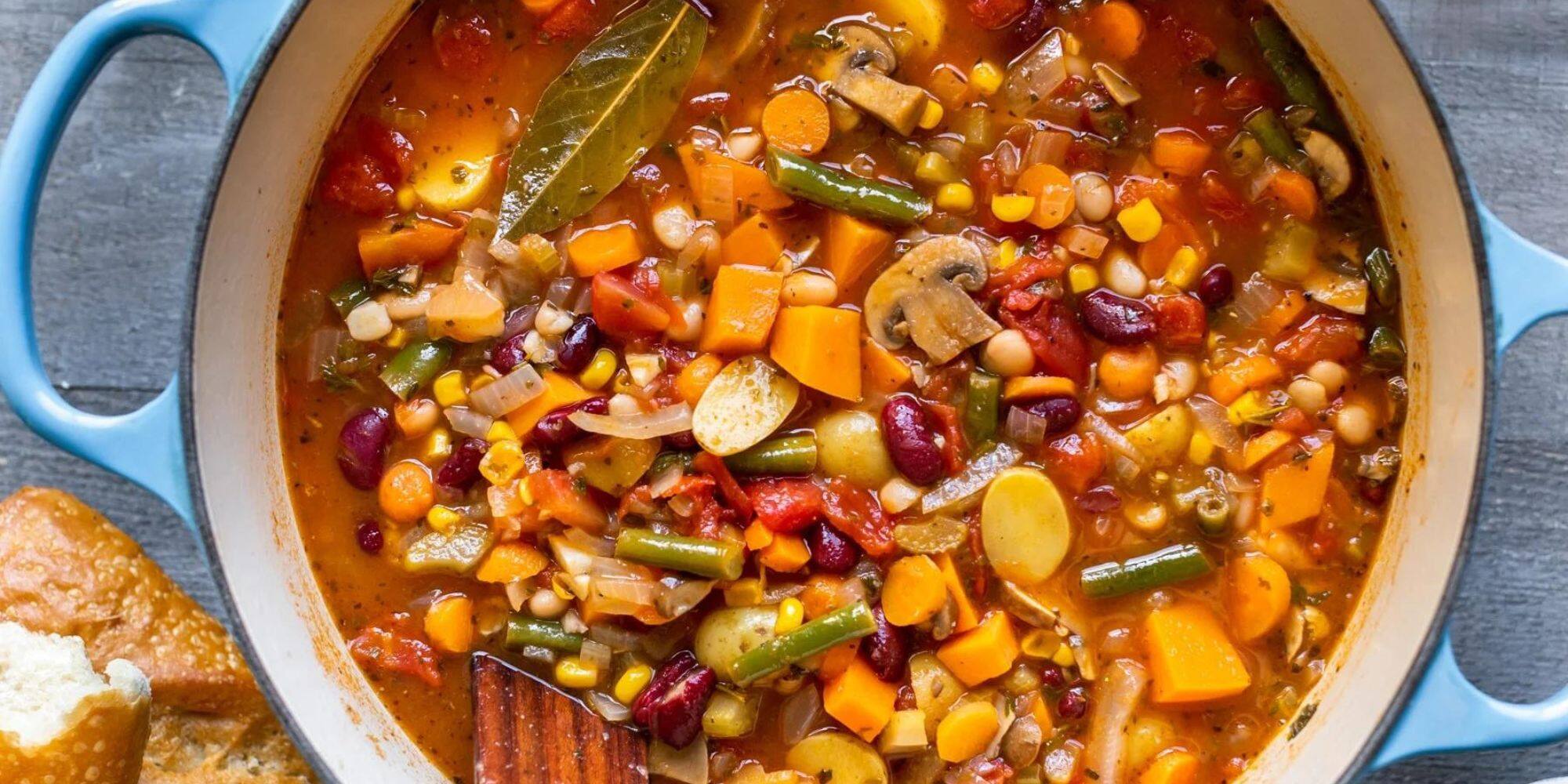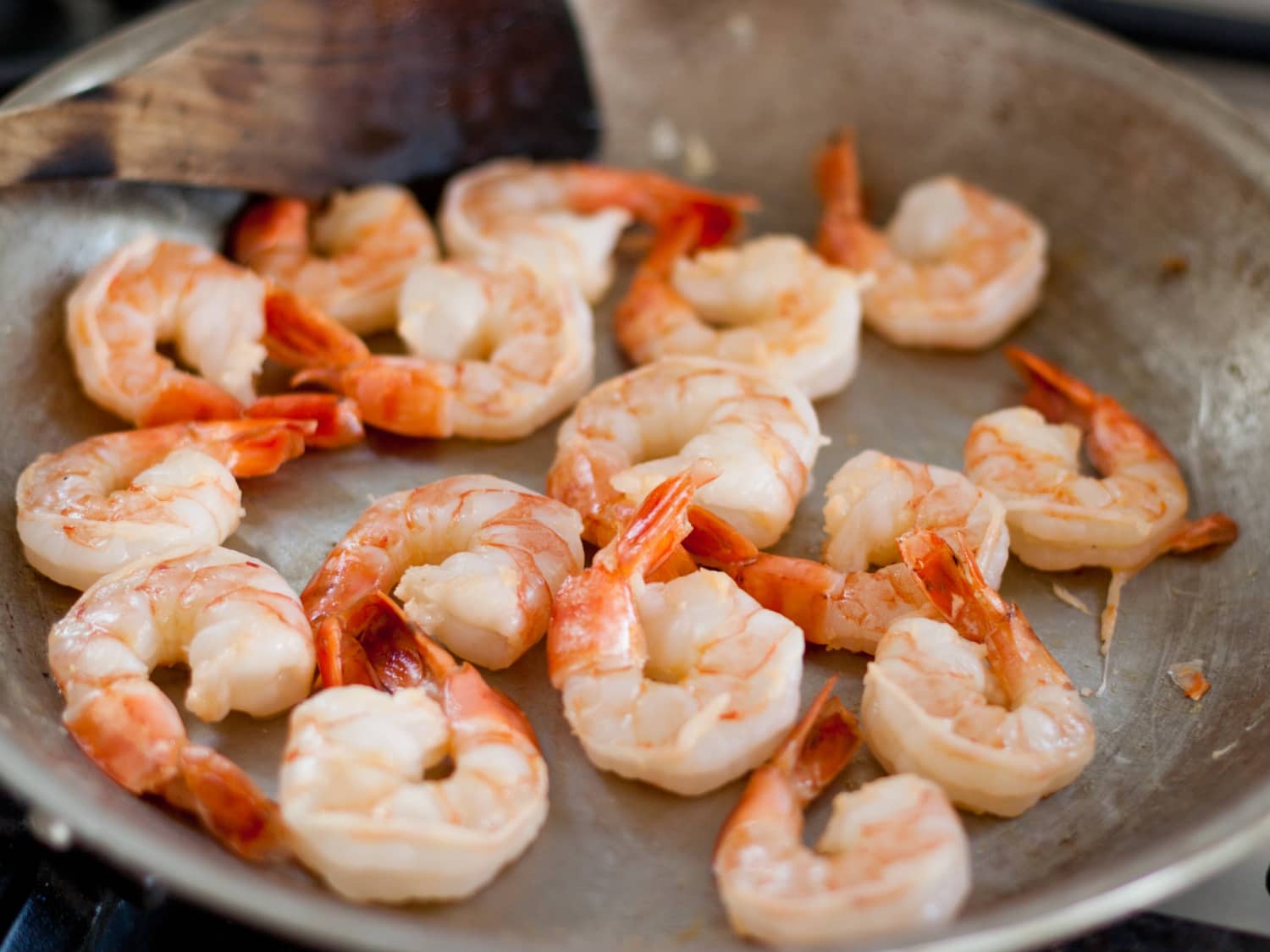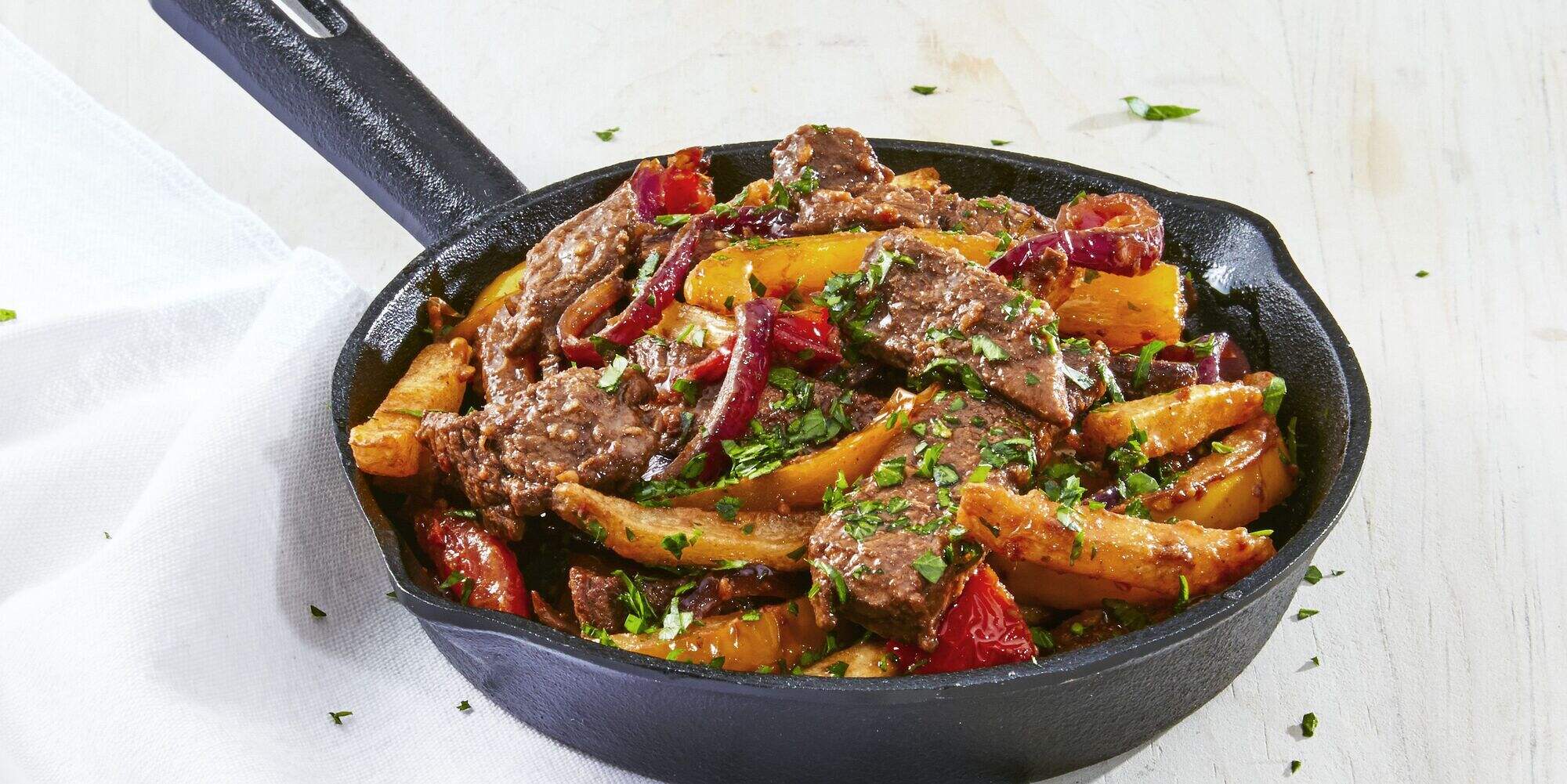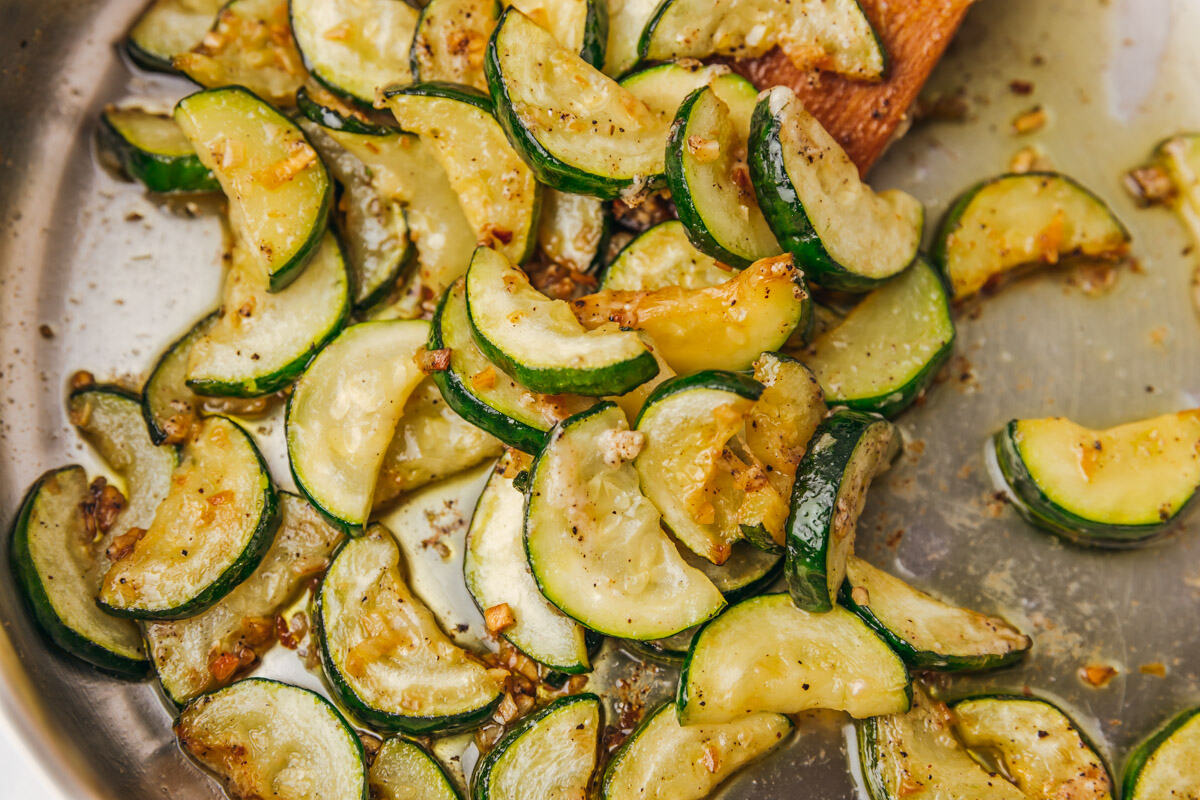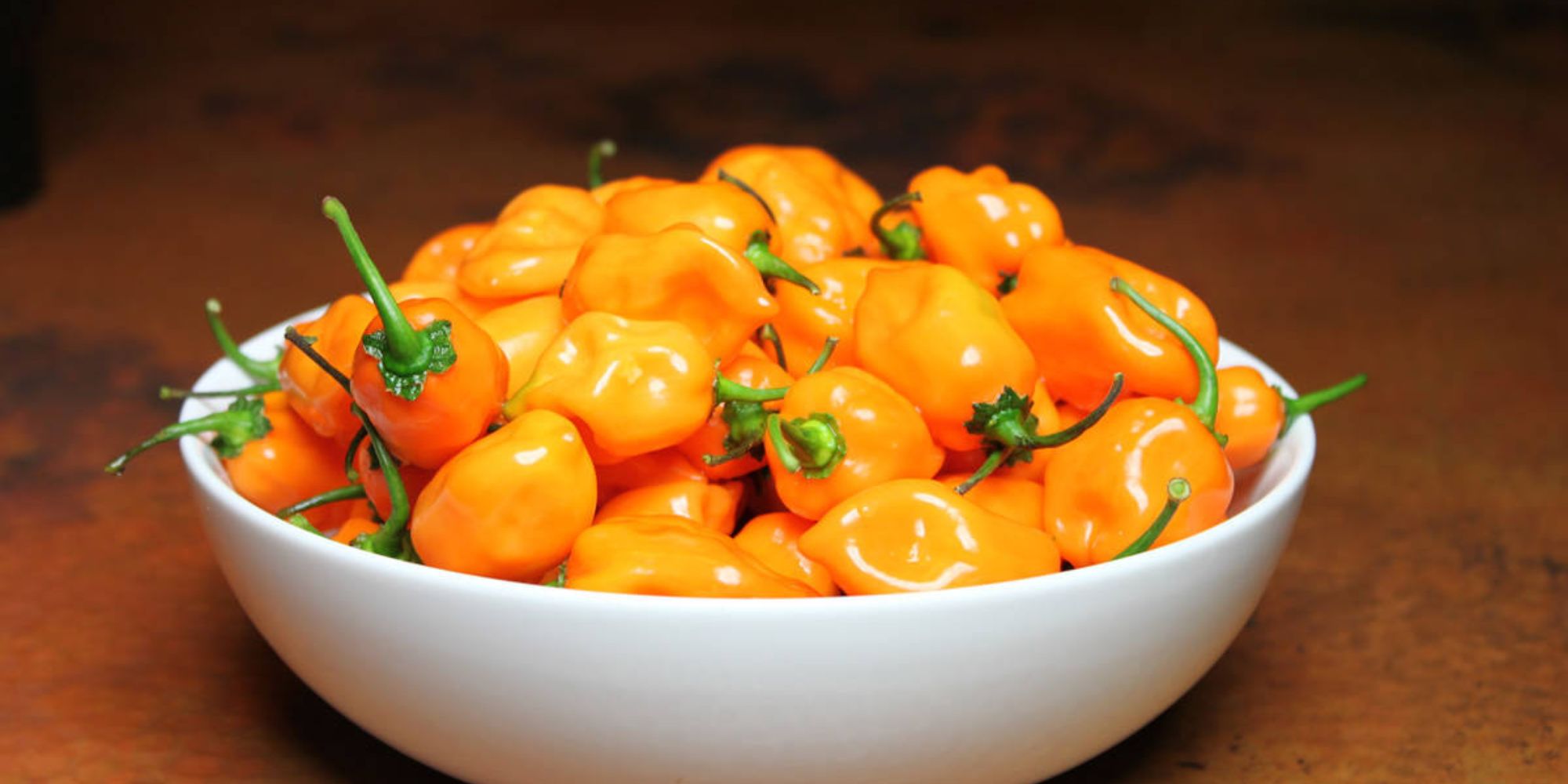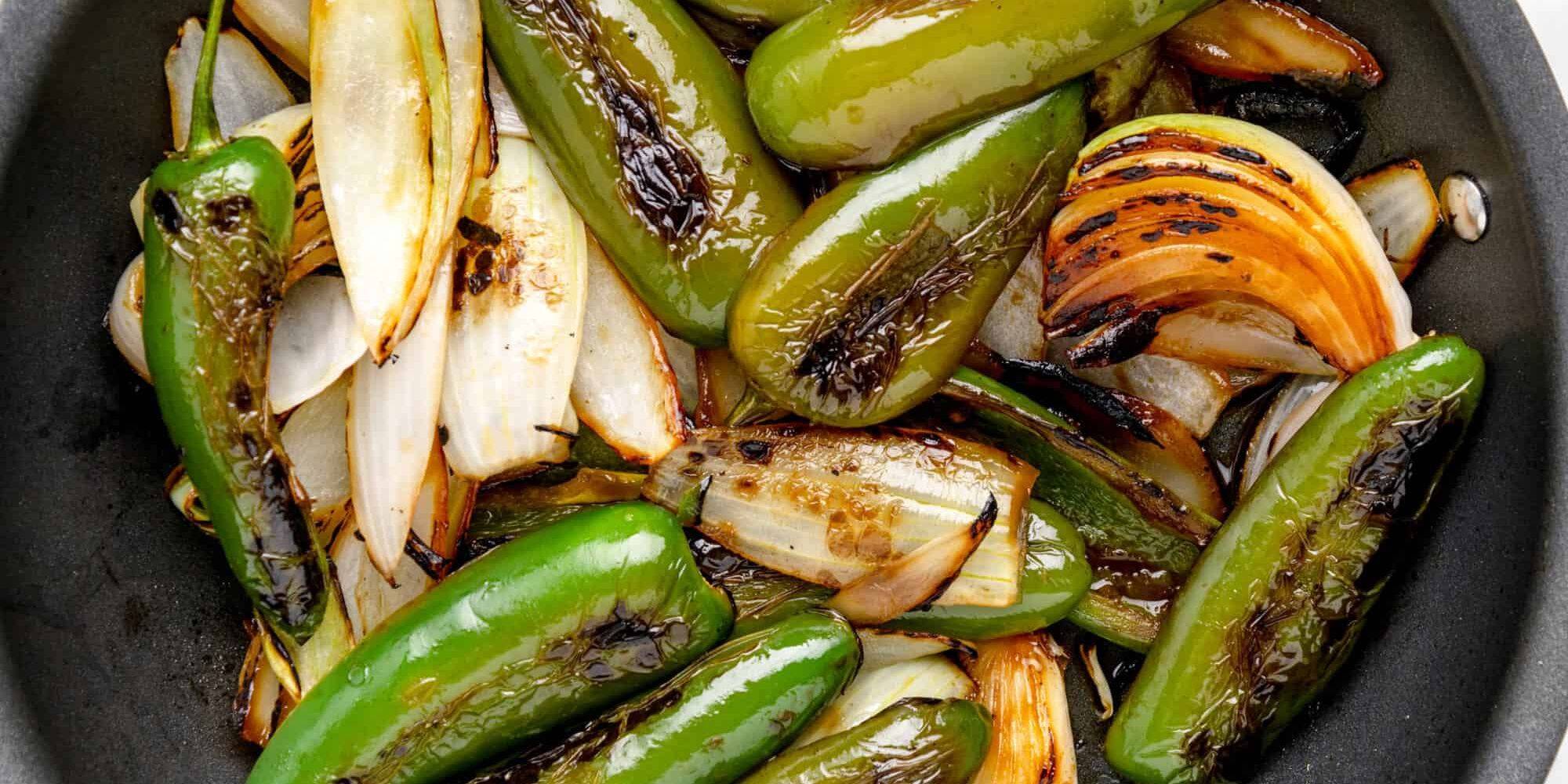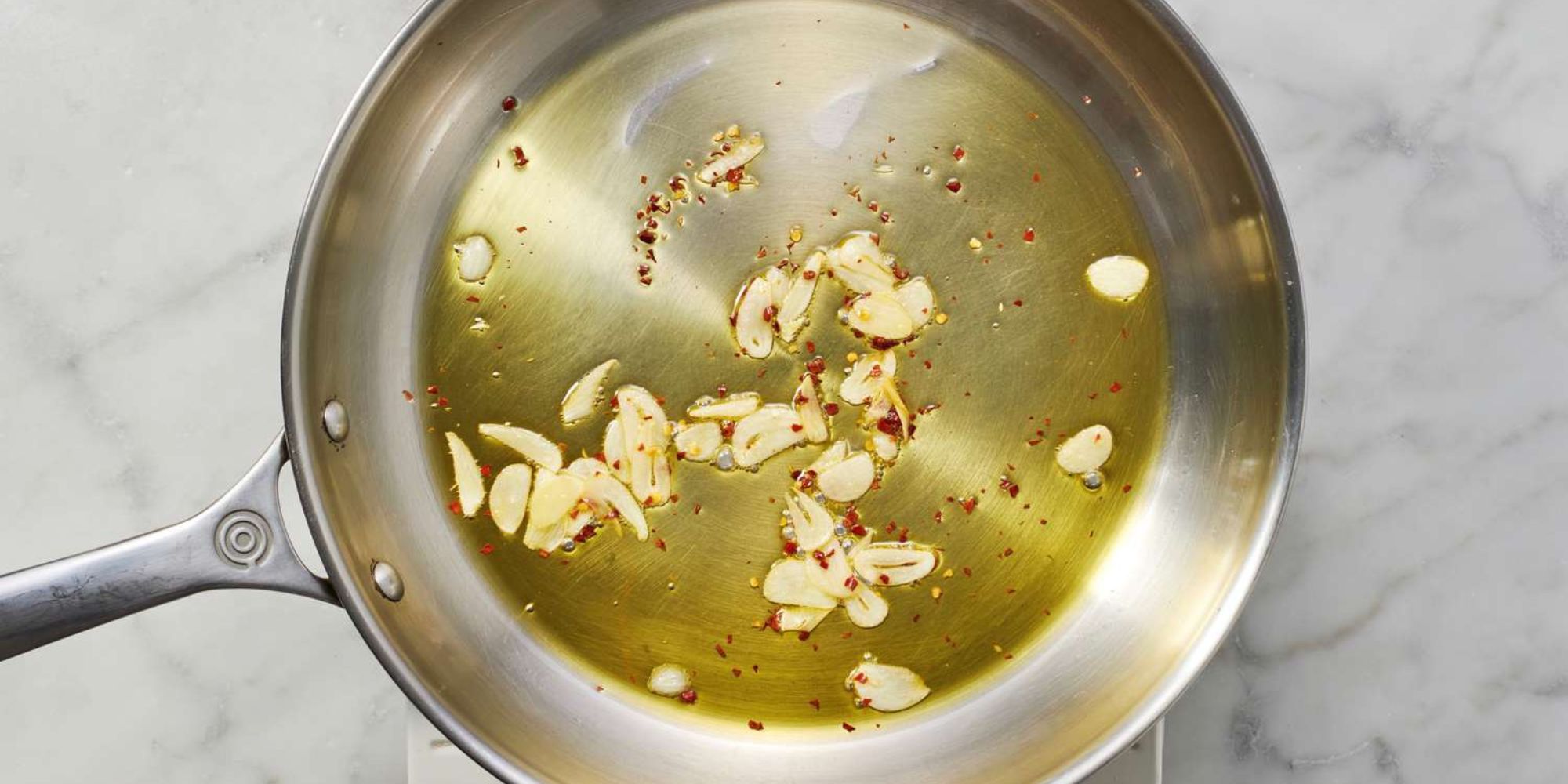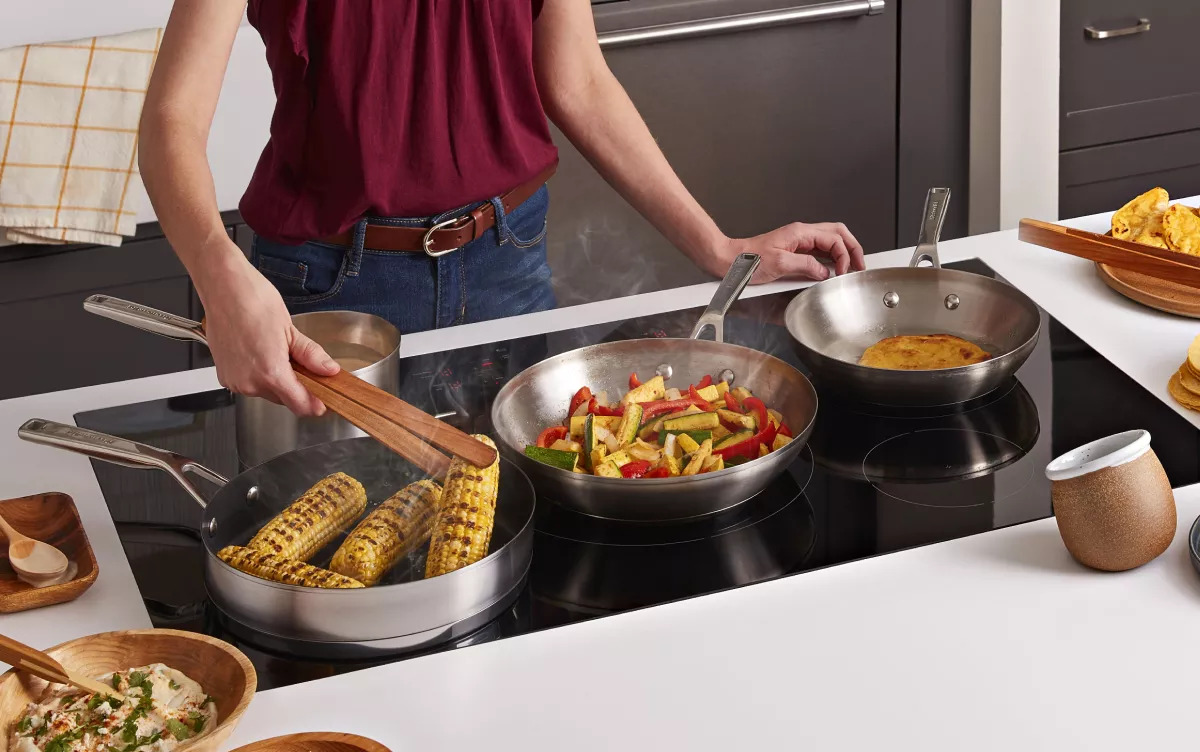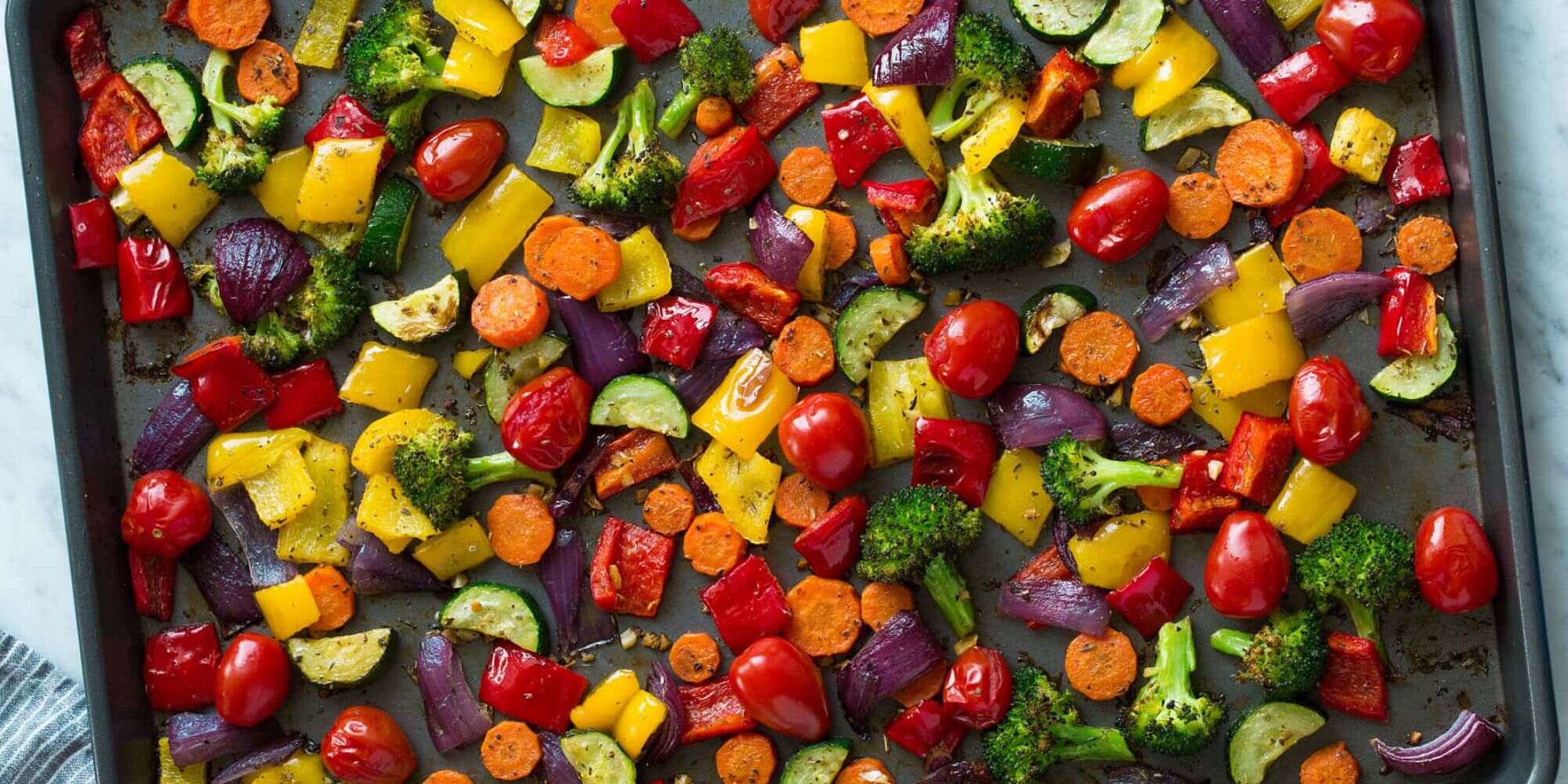Mastering the Art of Sauteing Pasta
When it comes to cooking pasta, there are various methods to choose from. While boiling is the most common, sautéing pasta can provide a delicious twist to your favorite dishes. Sauteing pasta involves cooking it in a pan with oil or butter, allowing it to become crispy and golden brown on the outside while remaining tender on the inside. If you’re looking to elevate your pasta game, here’s a guide on how to sauté pasta like a pro.
Choosing the Right Pasta
Before you start sautéing your pasta, it’s essential to select the right type. While most pasta shapes can be sautéed, long, thin varieties like spaghetti or linguine are ideal for this cooking method. Their shape allows for even cooking and a delightful texture.
Preparing the Ingredients
As with any cooking endeavor, preparation is key. Start by boiling the pasta until it is just undercooked, as it will continue to cook during the sautéing process. Once it’s done, drain the pasta and toss it with a bit of olive oil to prevent it from sticking together.
Prepare any additional ingredients you plan to include in your dish, such as vegetables, protein, or aromatics. Chop them into uniform pieces to ensure even cooking.
Sauteing the Pasta
Now it’s time to get cooking! Follow these steps to sauté your pasta to perfection:
- Heat a skillet over medium-high heat and add a generous amount of olive oil or butter.
- Add the prepared pasta to the skillet, spreading it out into an even layer.
- Allow the pasta to cook without stirring for a few minutes to develop a crispy, golden crust on the bottom.
- Using tongs or a spatula, flip the pasta to crisp up the other side.
- Add your prepared ingredients to the skillet and toss them with the pasta until everything is heated through.
- Season with salt, pepper, and any additional herbs or spices to taste.
Creating Flavorful Variations
One of the beauties of sautéing pasta is the endless flavor combinations you can explore. Consider incorporating ingredients like garlic, cherry tomatoes, spinach, shrimp, or grilled chicken to add depth and variety to your dish. Experiment with different sauces, such as pesto, marinara, or alfredo, to create unique flavor profiles.
Serving and Enjoying
Once your sautéed pasta is ready, transfer it to a serving dish and garnish with freshly grated Parmesan cheese, chopped herbs, or a drizzle of balsamic glaze. Pair it with a crisp green salad and a glass of your favorite wine for a complete and satisfying meal.
With these tips and techniques, you can confidently sauté pasta to perfection, impressing your family and friends with your culinary prowess. Whether you’re craving a simple aglio e olio or a vibrant primavera, sautéing pasta opens up a world of delicious possibilities in the kitchen.
For those eager to master the art of sautéing pasta, there are several standout recipes to try from the guide. The Garlic Shrimp Sautéed Pasta offers a delightful mix of seafood and garlic flavors, perfect for a quick yet impressive meal. Vegetarians will appreciate the Spinach and Mushroom Sautéed Pasta, which combines earthy mushrooms with tender spinach in a delectable dish. For a burst of freshness, the Sautéed Pasta Primavera is a must-try, featuring a colorful array of vegetables. If you're craving something rich and creamy, go for the Chicken Alfredo Sautéed Pasta. Lastly, the Sautéed Pesto Pasta with Sun-Dried Tomatoes brings a tangy and aromatic twist to the table, making it a wonderful addition to any dinner menu.
